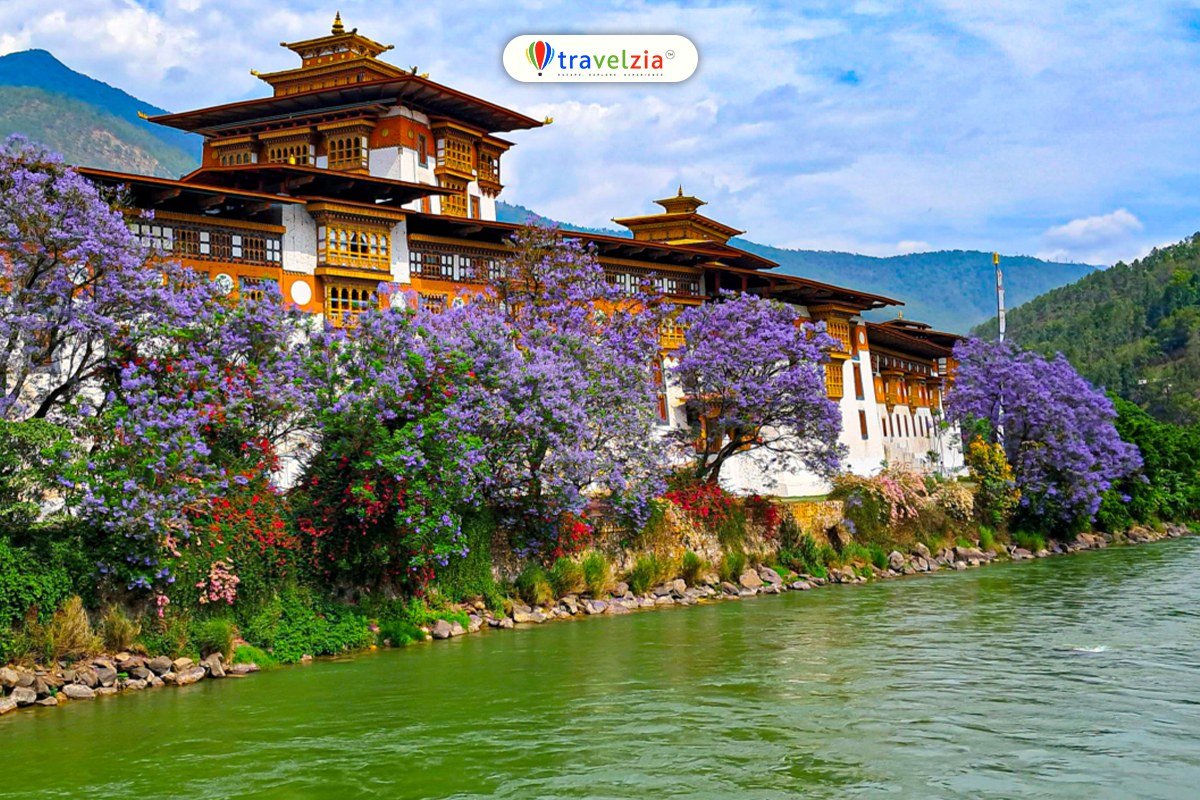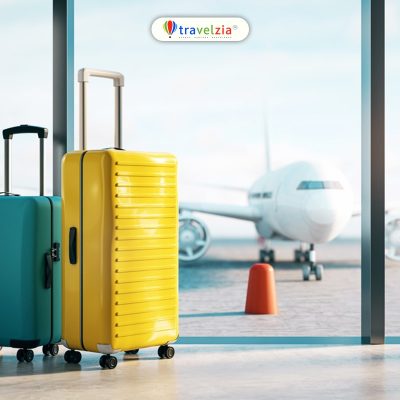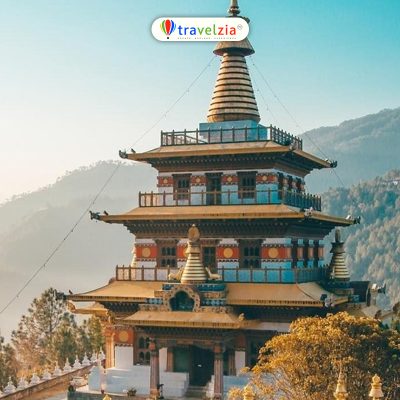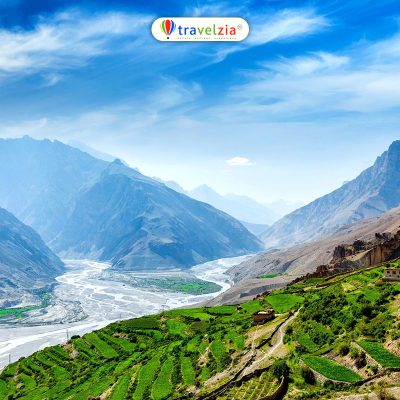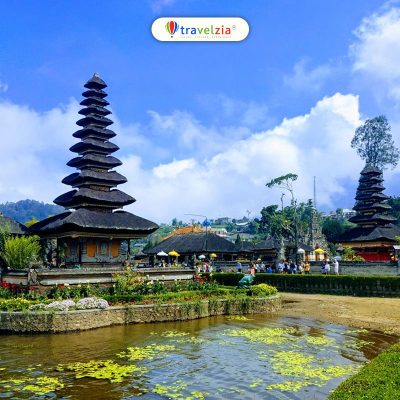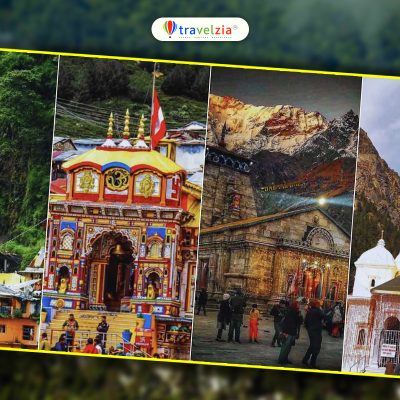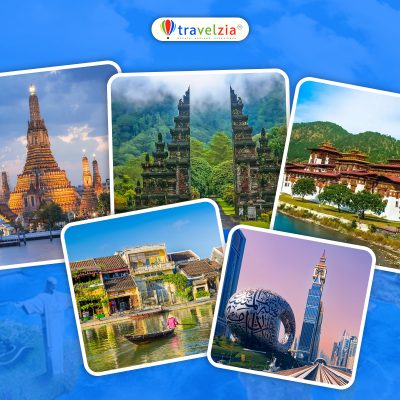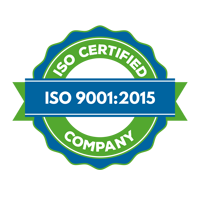A car creeps along the mountain road, clouds brushing the mountain’s shoulders outside the window. Green folds cradle a strange peace… it’s as if time stands still.
If you’d like to feel this even once, your next destination should be—Bhutan.
The world’s first carbon-negative country, nestled in the Himalayas, known as the “Kingdom of Happiness.” With serene landscapes, warm hospitality, and rich culture, Bhutan is sure to enchant. But before you go, it’s essential to know about permits, budgeting, and some real travel hacks.
Last April, a few of us turned a long-held dream into reality by journeying into Bhutan’s hills. Here are the practical details from our own experience.
Why Bhutan?
Bhutan is a small Himalayan kingdom, famous for its Gross National Happiness . No traffic lights—just orderly roads and disciplined people. A simple yet profound lifestyle: dramatic landscapes, Buddhist culture, spontaneous nature—Bhutan is a dream destination for Peace Lovers and Culture Seekers.
Best Time to Visit
In my view, March–May and September–November are ideal. Pleasant weather, breathtaking views, and perfect for trekking. The monsoon months of June–August can be risky.
Entry Permits & Regulations
Entry Permit
For Indian, Bangladeshi, and Maldivian travellers, no visa is required—but Entry Permit is mandatory. You’ll need:
- Passport (valid at least 6 months) OR Voter ID
- 2 passport-size photos
- Birth certificate for children
Obtainable from:
- Phuentsholing border Immigration Office
- Paro Airport Immigration
- Authorized Bhutanese Tour Operators (for Online Permit)
Office hours: 9 AM–5 PM (1 PM–2 PM lunch).
Tip: In peak season, biometric verification can cause long waits.
Inner Line Permit (ILP)
To explore beyond Paro–Thimphu—such as Haa Valley, Punakha, Chele La Pass—you need the ILP, available at Thimphu Immigration on weekdays (9 AM–5 PM). Bring a copy of your Entry Permit.
If you’re just visiting Phuentsholing for a day, no permit is required. For travelers without passport or Voter ID, an Identification Slip can be obtained from the Indian Consulate in Phuentsholing (requires Pan/Aadhaar/License + photos).
Budget Summary – ₹32,639/- (for 8 nights, 9 days)
This basic, budget-friendly plan is crafted for Indian tourists. You can adjust for preferences or upgrade accommodations.
- Entry Permit + SDF (₹1200 × 8 nights): ₹9,600
- Accommodation (Budget hotels @ ₹1200/night): ₹9,600
- Food (₹400 × 9 days): ₹3,600
- Local transport & sightseeing: ₹5,500
- Vehicle permit + green tax: ₹700
- Attraction/Museum entry fees: ₹2,000
- Personal expenses/shopping: ₹3,000
- Bhutan travel insurance: ₹1,200
- Jaigaon–Paro travel: ₹2,039
Note: Air/train fare to Bhutan is not included; add travel costs according to your mode.
Bhutan’s Must-Visit Places
1. Tiger’s Nest Monastery (Paro Taktsang)
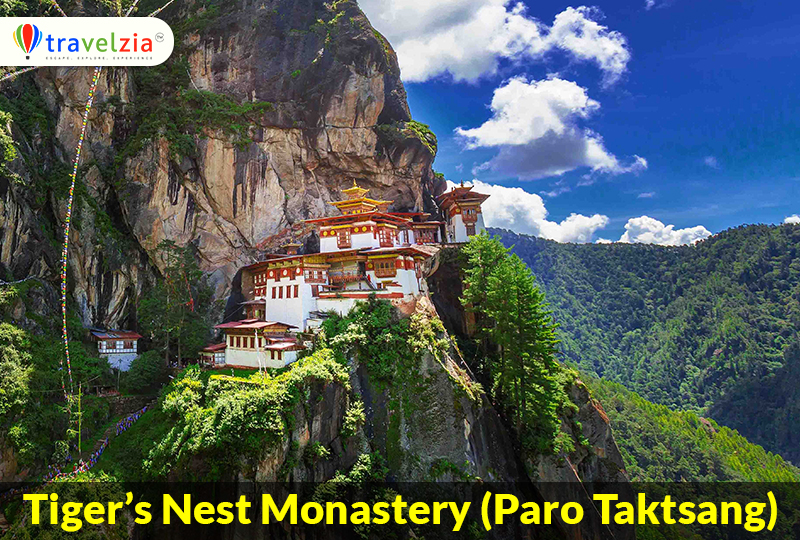
Bhutan’s pride—clinging to a cliff at ~3,000 m. A steep trek but absolutely unforgettable.
2. Paro Dzong
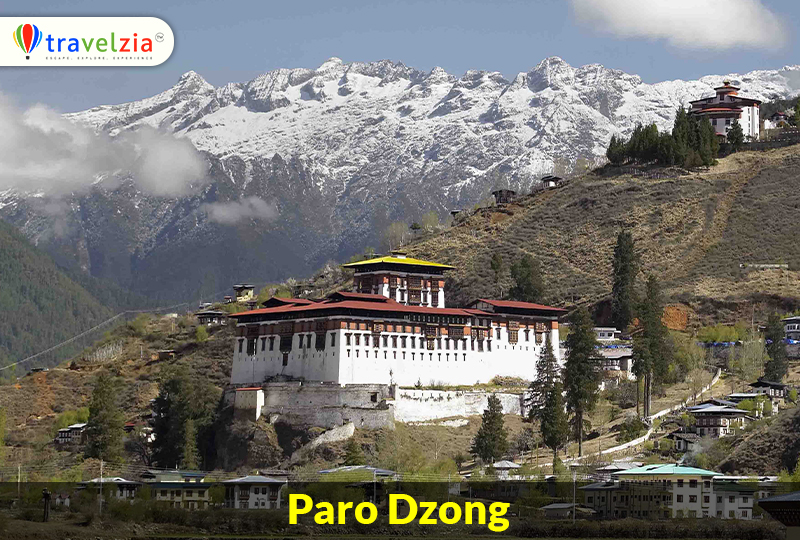
A majestic fortress continuing its role as both administrative center and temple.
3. Paro Museum
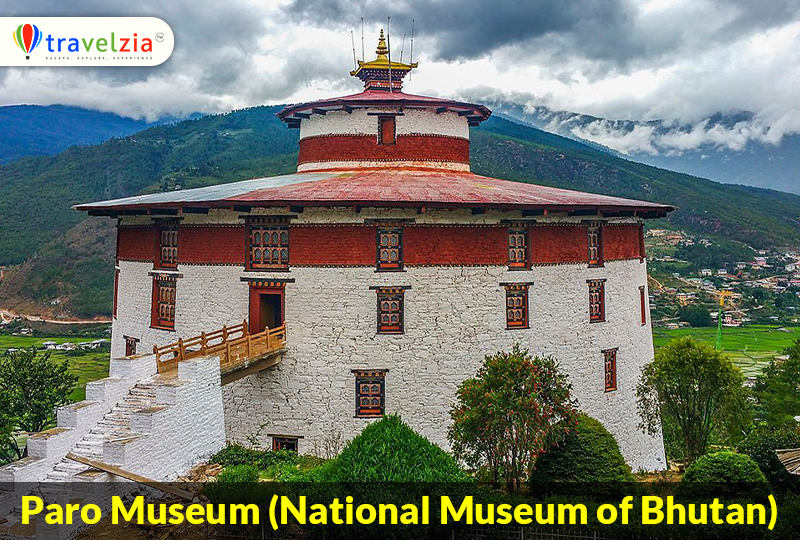
Home to treasures of Bhutan’s history—thangka scrolls, ancient arms, traditional costumes.
4. Trashi Chho Dzong (Thimphu)
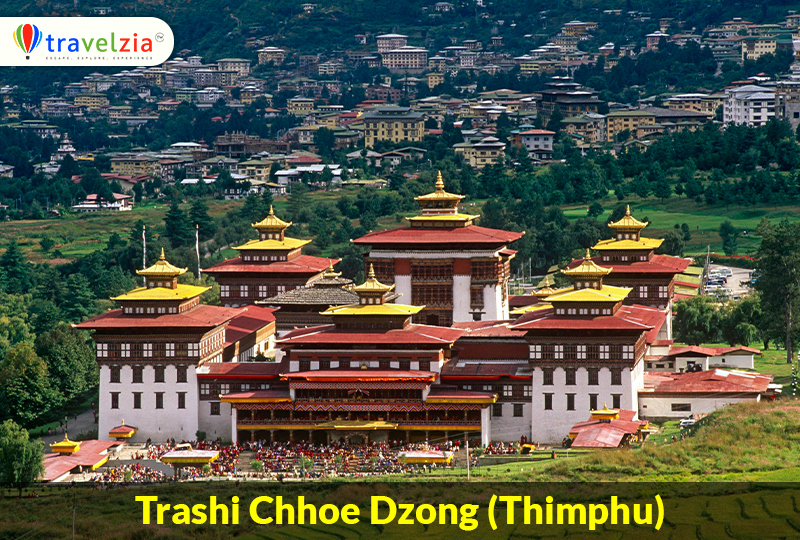
The royal and religious hub; stunningly lit at night like a fairytale palace.
5. Bhutan Postal Museum
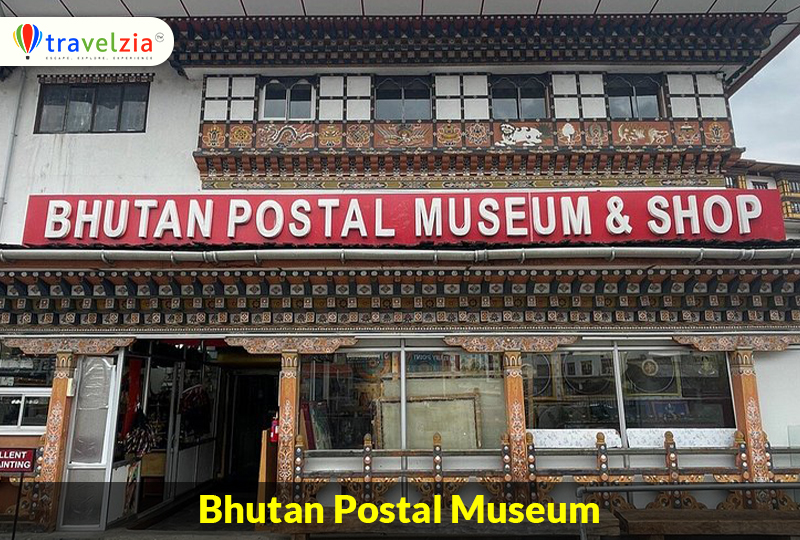
One-of-a-kind! Design and print your own postcards—perfect souvenirs.
6. Dochula Pass
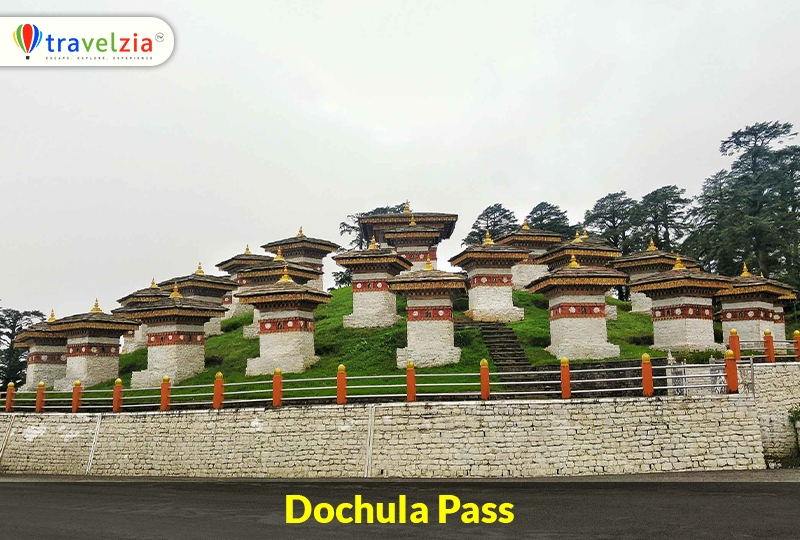
At 3,140 m, it features 108 chortens and sweeping Himalayan vistas—met the eyes!
7. Chele La Pass
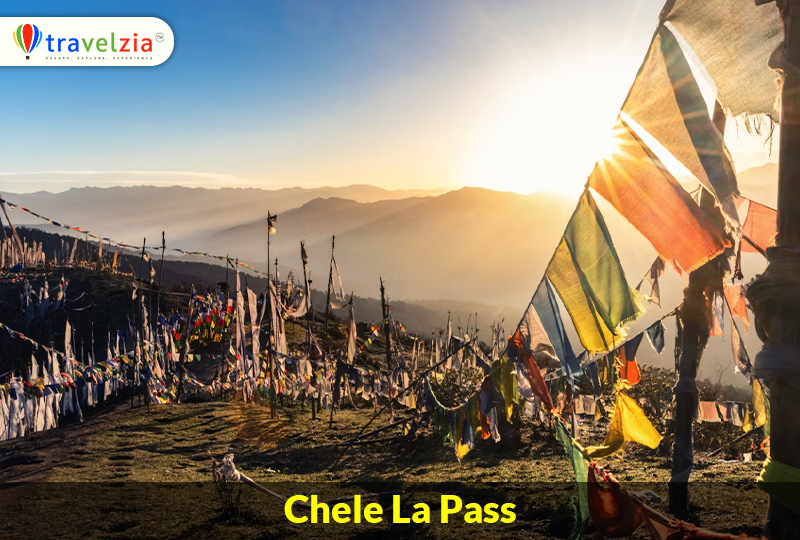
Bhutan’s highest motorable road; offers panoramic views of Paro and Haa valleys.
8. Haa Valley
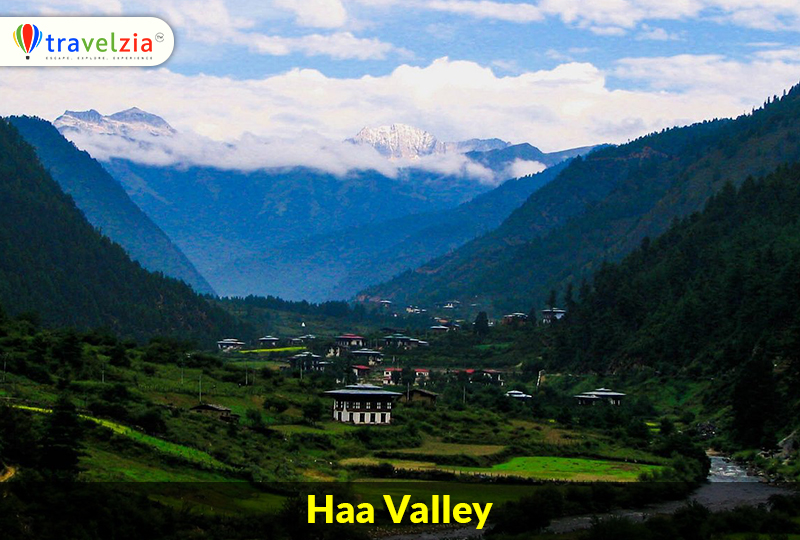
An offbeat gem—sparse population, abundant greenery—perfect for nature lovers.
Suggested Read – Top 7 Must-Visit Places in Bhutan for First-Time Travelers
Essential Bhutan Travel Guide
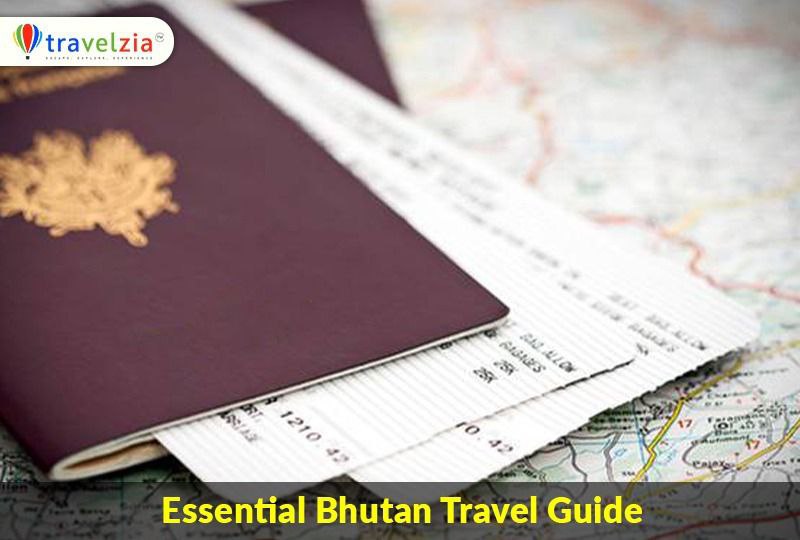
- Get Your Permits Ready
Indian, Bangladeshi, and Maldivian tourists don’t need a visa, but Entry Permit and Inner Line Permit (ILP) are mandatory.
If you’re entering via the Jaigaon-Phuentsholing border, reach by 8:00 AM to avoid long queues—biometric verification takes time.
Make sure you carry:
- A valid Passport or Voter ID
- Two passport-sized photos
- Bhutan is a “No Horn” Country
Blowing the horn is banned in Bhutan.
Please respect local laws and maintain the serene environment. - No Exploring Without a Guide & ILP is a Must for Certain Areas
Your Entry Permit covers Paro and Thimphu, but to explore Punakha, Haa Valley, or Phobjikha Valley, you must get an Inner Line Permit from Thimphu Immigration Office.
Plan your travel accordingly and hire a local travel guide—they’ll enrich your journey with stories, cultural insights, and help in navigating local customs. - Know the Sustainable Development Fee (SDF)
Indian tourists must pay a SDF of ₹1200 per day.
Make sure you calculate this in your budget in advance—it’s a major part of your trip cost. - Traveling by Own Vehicle? Get Permits & Pay Green Tax
You’ll need a Vehicle Permit from the RSTA Office (₹200).
After Rinchending Check Post, Indian vehicles are charged a Green Tax of Nu. 4500 per day.
Don’t forget to carry your DL, vehicle papers, and valid insurance. - Hiking or Trekking? Get Fit First
The trek to Tiger’s Nest Monastery can take 3–4 hours uphill.
Start light training at least 4 weeks in advance for a smoother hiking experience. - Expect Spotty Internet
Many remote places in Bhutan have slow or no internet.
Consider buying a local Bhutanese SIM (TashiCell or B-Mobile).
Do check the plan prices and network coverage beforehand. - Local Currency (Ngultrum) Is More Convenient
While Indian Rupees (₹) are accepted, it’s limited to ₹100 denomination notes.
It’s better to exchange some Ngultrum (Nu), especially in local shops or rural areas.
Also check out our blog: – 10 Things to Know Before Visiting Bhutan: The Kingdom of Happiness for more travel insights!
Final Thoughts
Bhutan is more than hills and forts—it’s a place of spiritual tranquility. Each dawn brings prayer bells, and twilight is draped in fluttering prayer flags. Whether you dream of a vlog-worthy shot at Tiger’s Nest, a chill moment at Chele La, or a cultural dive in Thimphu Dzong, Bhutan will leave you rethinking the value of simplicity. Smart research and booking mean you don’t need a high-budget holiday to experience deep joy.
Bhutan proves that “Less is more.”
Ready to go? When will you say, “I’m going to Bhutan”?
If you found this useful, please share, and drop your questions below. Let’s get packing


